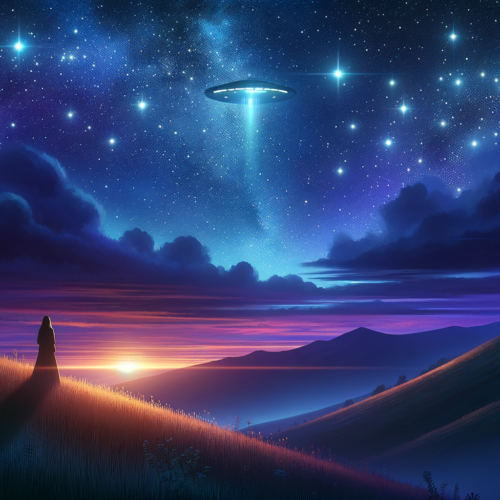The Asteroid That Ended the Dinosaurs: A Cosmic Connection Unveiled
- New findings indicate the asteroid that caused the dinosaurs’ extinction originated from beyond Jupiter’s orbit.
- The Chicxulub impact 66 million years ago marks a significant boundary in Earth’s history, leading to the mass extinction of nonavian dinosaurs.
- Research reveals the impactor aligns with carbonaceous asteroids, differing from previously debated comet theories.
A Cosmic Culprit Revealed
In a groundbreaking study published in the esteemed journal Science, scientists have uncovered compelling evidence regarding the asteroid responsible for the mass extinction event that took place 66 million years ago at Chicxulub, Mexico. This colossal rock, measuring approximately 6 miles in width, is now believed to have originated from a family of asteroids that formed well beyond the orbit of Jupiter, deep in the outer solar system. Interestingly, these asteroids are known for their rarity in impacting Earth.
This cataclysmic event signifies the transition between the Cretaceous and Paleogene eras, and it eerily coincided with the extinction of nonavian dinosaurs, marking a pivotal moment in our planet’s history.
From Comets to Asteroids: A Long-Standing Debate
The scientific community has long debated whether the Chicxulub impactor was a comet or an asteroid. However, the new research has brought clarity to this cosmic quandary. By measuring isotopes in the impact deposits, researchers have determined that the asteroid’s signature aligns with that of carbonaceous asteroids, a group known for their potential to harbor organic compounds. This revelation shifts the narrative and puts the spotlight firmly on asteroids as the main players in this ancient drama.
Broader Implications: A Stellar Context
In addition to the Chicxulub findings, the study also examined five other ancient impact sites, dating from 36 million to 470 million years ago. These structures exhibited isotopic signatures that suggest they originated from a different type of asteroid known as siliceous asteroids, which form much closer to the sun. This broader analysis underscores the diversity of celestial bodies that have interacted with Earth throughout its tumultuous history.
Jon’s Take
As we continue to explore the cosmos, it’s fascinating to think about how these ancient asteroids have shaped the very fabric of life on Earth. If the remnants of our solar system’s past are capable of such transformative effects, what other secrets might lie hidden among the stars, waiting for us to unearth them? Keep your eyes on the sky; who knows what other revelations are just around the cosmic corner!
Original Article




